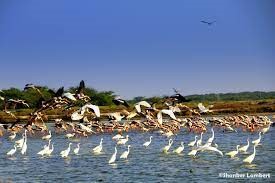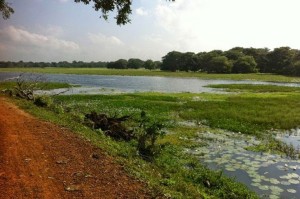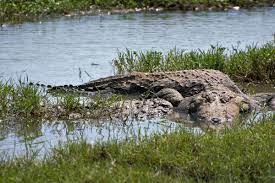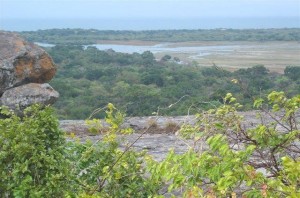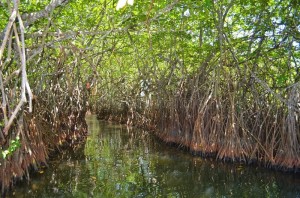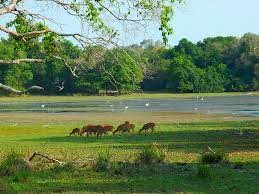There are 6 Ramsar Wetlands in Sri Lanka
- Vankalai Sanctuary
Vankalai Sanctuary is located North-West of Sri Lanka in the District of Mannar.
This sanctuary is highly productive, supporting high ecosystem and species diversity. The site provides excellent feeding and living habitats for a large number of waterbird species, including annual migrants, which also use this area on arrival and during their exit from Sri Lanka. This area is famous for Northern Pintail, Greater Flamingo, Crab plower and the Eurasian Wigeon. The site’s coastal and marine ecosystems are important for over 60 species of fish, marine turtles, and rare species such as Dugongs.
- Anavilundawa Tank Sanctuary
Annaiwilundawa Tanks Sanctuary located in Northwestern Province between Chillaw and Putlam.
This is an ancient system of human-made cascading tanks or reservoirs dating back to the 12th century, which help to sustain traditional paddy fields in the area as well as islets of natural vegetation. In addition to being unique to the biogeographical region, the site harbors quite a few species of threatened fish, amphibians, birds, mammals.
The system serves as an important refuge for migratory birds.
- Bundala National Park
Bundala national park located in Southern Province of Sri Lanka.
shallow, brackish lagoons and saltpans interconnected by channels with associated marshes, dunes and scrub. It is the most important wintering site in southern Sri Lanka for migratory shorebirds, regularly holding over 15,000 individuals of various species, and provides habitat for rare and threatened waterbird species.
- Kumana Wetland Cluster
This Ramsar Site falls within two existing protected areas, Kumana National Park and the Panama-Kudumbigala Sanctuary. Located South-east of Sri Lanka in the Ampara District.
This site consists of a diversity of coastal wetland habitats, including lagoons, estuaries, irrigation
reservoirs, mangroves, salt marshes, interspersed with sand dune, scrubland and forest vegetation The site provides excellent feeding and resting habitats for a large number of threatened wetland species, including turtle species, Mugger Crocodile and bird species.
The site is famous for its historical values. Around 200 B.C, the area belonged to an ancient irrigation civilization. Caves were occupied by Buddhist monks as far back as the 1st century BC with a few caves being famous for their ancient rock inscriptions and paintings.
- Maduganga
Maduganga located in Southern Province is a mangrove lagoon joined to the sea by a narrow canal and containing 15 islands of varying size, some of which are inhabited. It is formed of two shallow waterbodies, Maduganga and smaller Randombe Lake, connected by two narrow channels. On the islands and shores relatively undisturbed mangrove vegetation contains a rich biodiversity.
- Wilpattu Wetland Cluster
Wilpattu Wetland Cluster located in North Western, North Central provinces.
Some 205 water bodies, both natural and manmade, were identified within the boundary of the park. A unique feature is the numerous ‘villus’ which are natural, sand-rimmed water basins ranging between 10 to 160 hectares that are filled with rainwater. The varying salt content of the villus offer an ideal habitat for a wide range of resident and migrant wildlife species.
Wetlands in Sri Lanka plays vital role in tourism as they act as main tourism attractions. Muthurajawela, Negombo Lagoon, Anawilundawa, Madu Rivier, Diyawanna oya, Beire Lake, Bundala, Kumana, Wankaleyi, Minneriya, Kaudulla, Galoya, Mannar lagoon and salterns are to name a few.
They are mostly use for the purpose of bird watching, mammal and wildlife watching, boat rides and scenic and photographic tours.
Using these fragile and sensitive ecosystems in sustainable manner is utmost important.
Source: ASTL team

